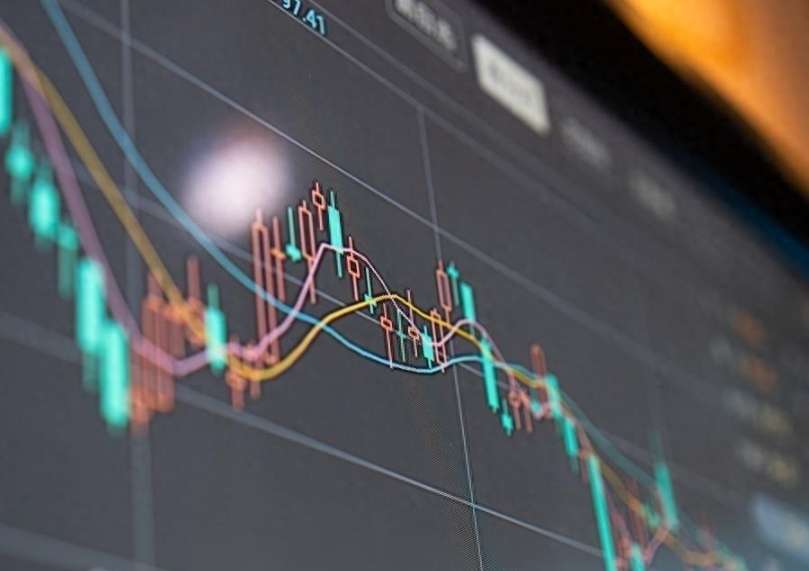Gold Prices Surge: Decoding the Drivers
Advertisements
Throughout 2023, international gold prices have consistently reached historical highs, illustrating a complex interplay of economic factors. As of August 27, 2023, the London spot price for gold surged to $2,524.36 per ounce, marking an impressive annual increase of over 22%. The ascent in gold prices can be dissected from three broad perspectives: short-term, medium-term, and long-term.
In the short term, a noticeable shift towards safe-haven assets has greatly contributed to the rapid elevation of gold prices. The last few years have been tumultuous, shaped by escalating geopolitical tensions, particularly the ongoing conflict between Russia and Ukraine, as well as intermittent escalations in the Israel-Palestine conflict. Furthermore, uncertainty surrounding the U.S. elections has amplified apprehensions regarding global economic growth, prompting investors to flock to gold as a safer alternative. In addition, the trend of rising gold prices has generated a lucrative atmosphere in financial markets, enhancing speculative trading and exacerbating the price increase.
Shifting to the medium-term view, expectations regarding interest rate cuts from the Federal Reserve have taken center stage. Gold is primarily traded in U.S. dollars, and thus, Federal Reserve policies significantly impact its pricing. With growing pressure on the U.S. economy and diminishing inflationary momentum, market consensus leans towards the Fed adopting a more accommodative monetary policy. Recent statements from Fed Chairman Jerome Powell hinted that the timing to adjust monetary policy may be upon us, leading to escalating expectations of rate cuts in September. Historically, following rate reductions, gold prices tend to experience an upward trajectory, reinforcing investor confidence in the “rate cut—yield on U.S. Treasuries decline—gold price surge” relationship, making the prospect of changing monetary policy a crucial impetus for gold’s recent rally.

Gold prices are influenced by an array of factors, including geopolitical scenarios, Federal Reserve policy directions, levels of market risk and uncertainty, as well as evolving long-term supply-demand relationships. Understanding the disparate mechanisms through which these variables affect gold prices is crucial for investors looking to grasp the logic behind gold price movements and forecast future trends rationally, necessitating close monitoring and in-depth comprehension of these elements.
With the expectation of significant rate cuts from the Federal Reserve looming in September, some market participants believe gold prices might still have further highs to reach. However, it is important to note that historically, gold prices tend to respond ahead of the commencement of a rate-cutting cycle. The market usually engages in anticipatory trading, and as such, current gold prices likely already encapsulate some degree of feedback from projected interest rate reductions. This suggests that gold market volatility may increase in the short term, underscoring the necessity for caution among prospective investors entering the market.
Leave A Comments